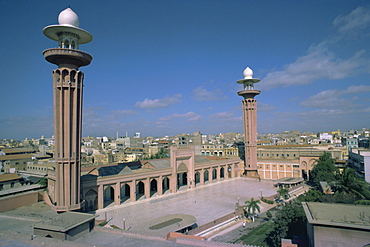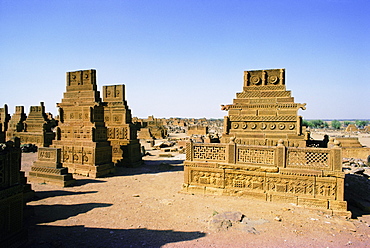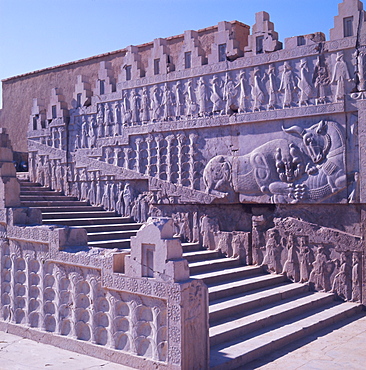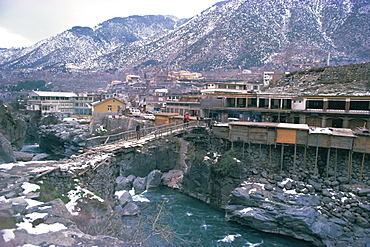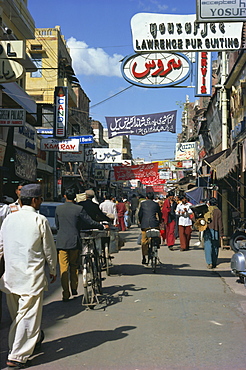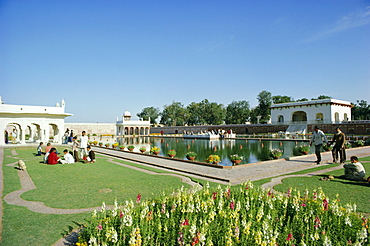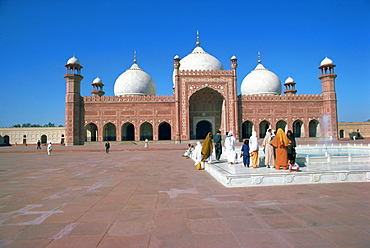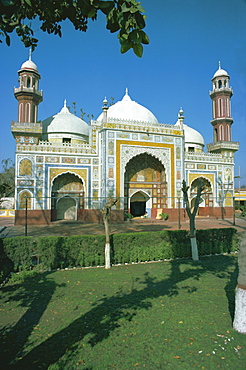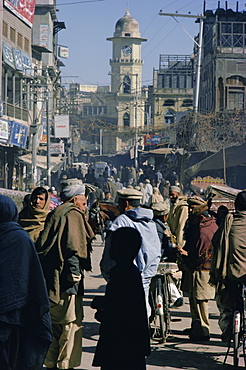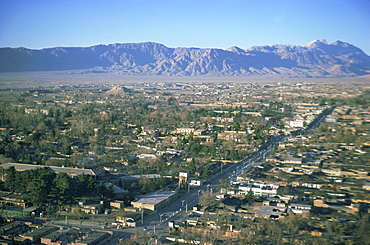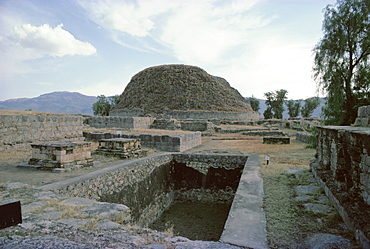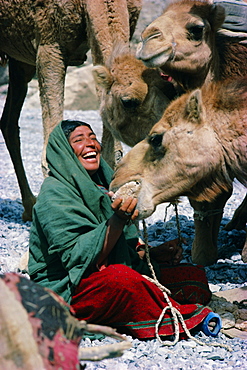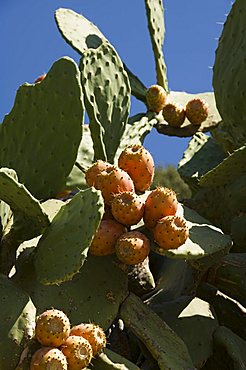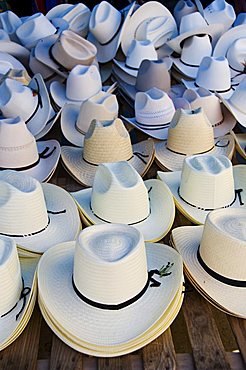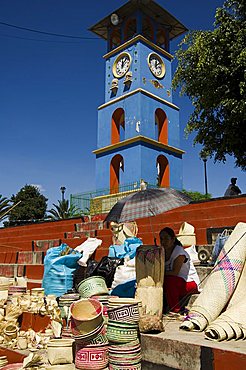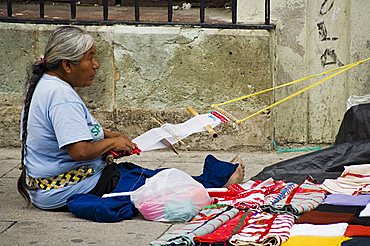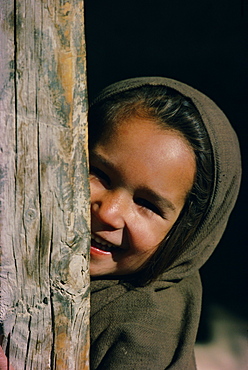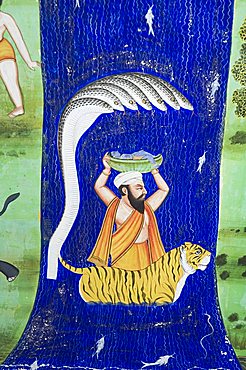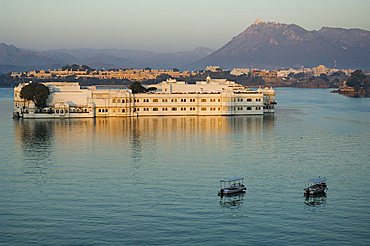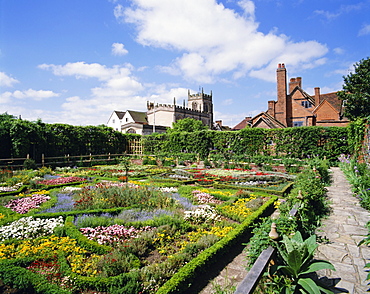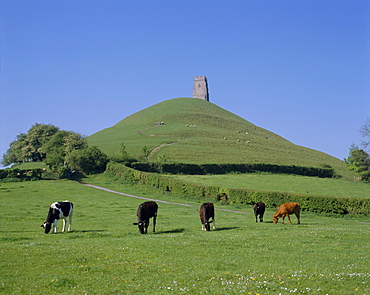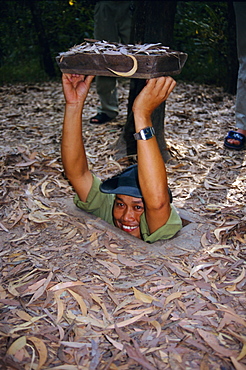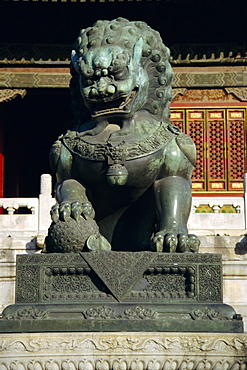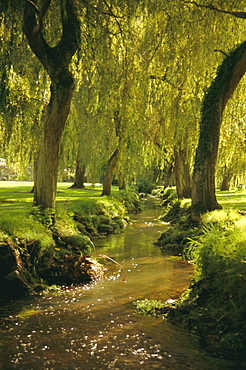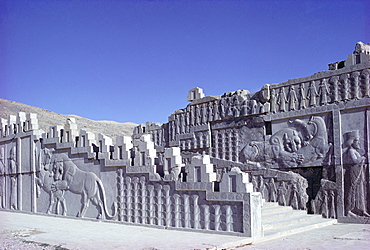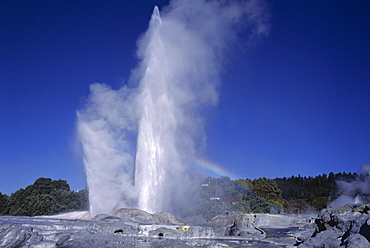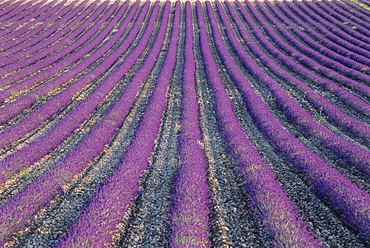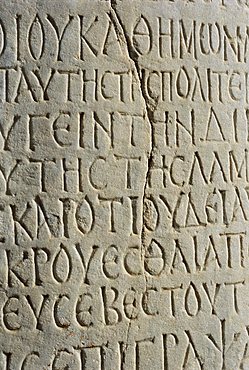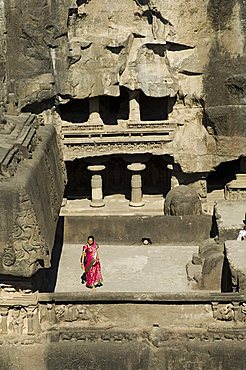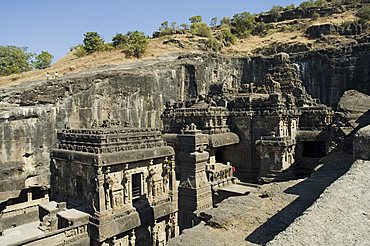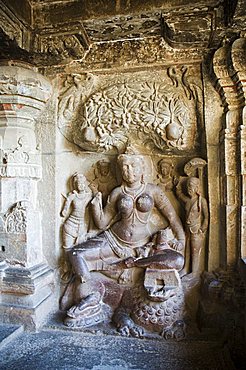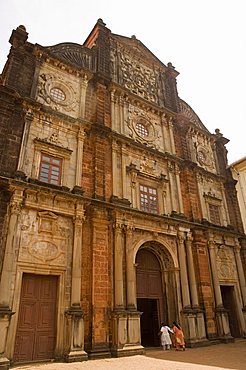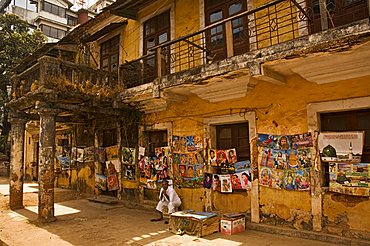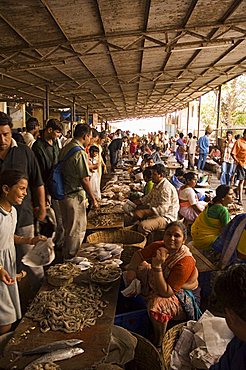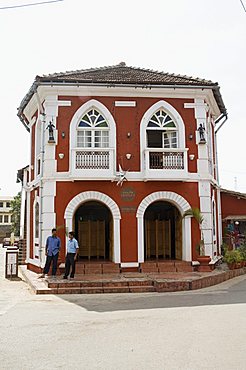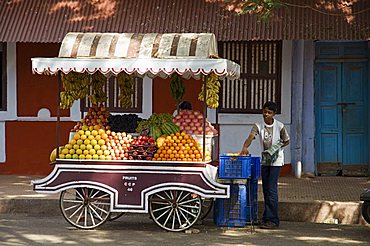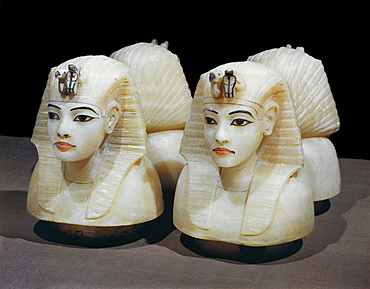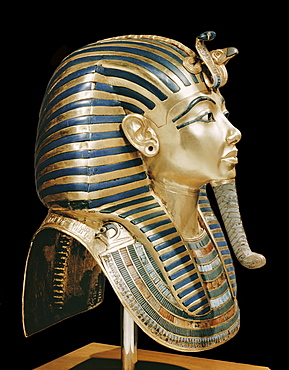Results
« Previous 1 2 3 4 5 … 102 Next »
10173 results found
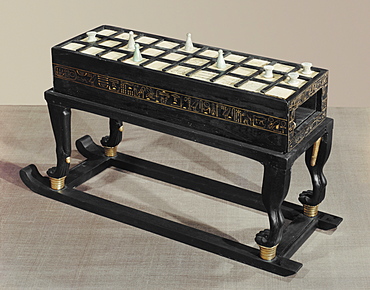
A board game of senet, in ebony and ivory, from the tomb of the pharaoh Tutankhamun, discovered in the Valley of the Kings, Thebes, Egypt, North Africa, Africa
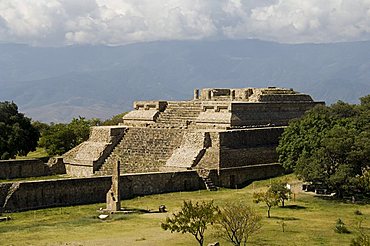
Building 5 at the ancient Zapotec city of Monte Alban, near Oaxaca City, Oaxaca, Mexico, North America
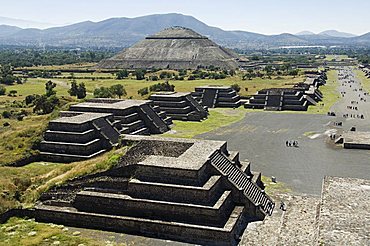
View from Pyramid of the Moon of the Avenue of the Dead and the Pyramid of the Sun in background, Teotihuacan, 150AD to 600AD and later used by the Aztecs, UNESCO World Heritage Site, north of Mexico City, Mexico, North America
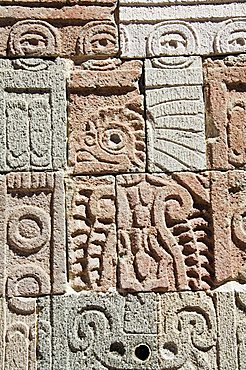
Columns depicting the Quetzal Bird, Palace of the Quetzal Butterfly, Teotihuacan, 150AD to 600AD and later used by the Aztecs, UNESCO World Heritage Site, north of Mexico City, Mexico, North America
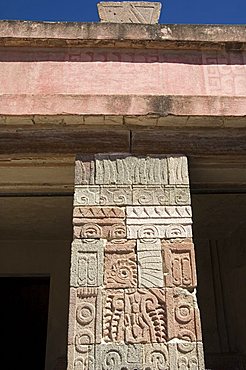
Columns depicting the quetzal bird, Palace of the Quetzal Butterfly, Teotihuacan, 150AD to 600AD and later used by the Aztecs, UNESCO World Heritage Site, north of Mexico City, Mexico, North America

Portrait of a woman wearing a pearl necklace, Rarotonga, Cook Islands, Polynesia, South Pacific Islands, Pacific

Portrait of a woman dancing in traditional costume, Aitutaki, Rarotonga, Cook Islands, Polynesia, South Pacific Islands, Pacific
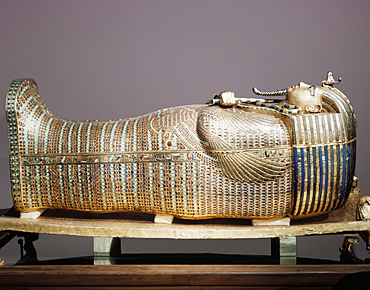
The second mummiform coffin made from gold-plated wood inlaid with glass-paste, from the tomb of the pharaoah Tutankhamun, discovered in the Valley of the Kings, Thebes, Egypt, North Africa, Africa
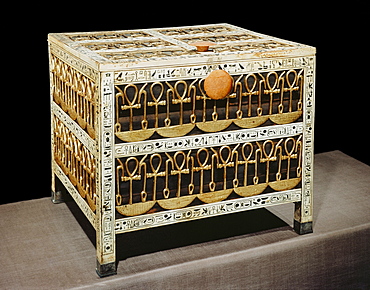
Coffer from the treasury, made from wood and ivory with applied gold and silver, from the tomb of the pharaoh Tutankhamun, discovered in the Valley of the Kings, Thebes, Egypt, North Africa, Africa
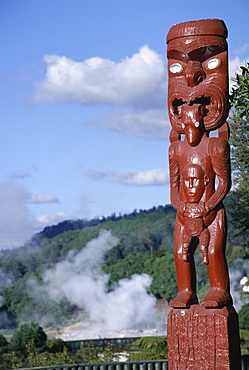
Traditional Maori wooden carving, Whakarewarewa geothermal springs, Rotorua, South Auckland, North Island, New Zealand, Pacific
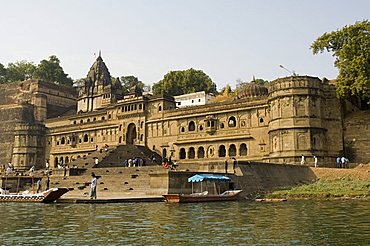
Shiva Hindu temple and Ahylia Fort Complex on banks of the Narmada River, Maheshwar, Madhya Pradesh, India
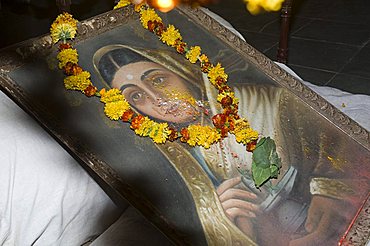
Protrait of one of India's most celebrated 18th centure female rulers, Ahilya Bai Holkar. Maheshwar, Madhya Pradesh, India
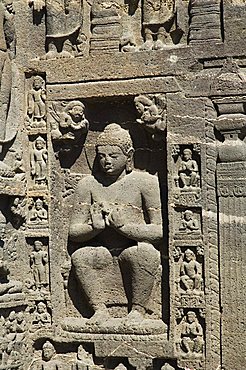
Rock carvings Ajanta Cave complex, Buddhist Temples carved into solid rock dating from the 5th Century BC, Ajanta, Maharastra, India
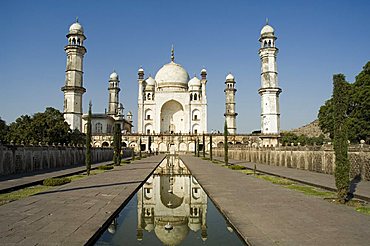
The Bibi ka Maqbara was uilt by Azam Shah in 1678, as a son's tribute to his mother, Begum Rabia Durrani, the Queen of Mughal emperor Aurangzeb. Aurangubad, Maharashtra, India
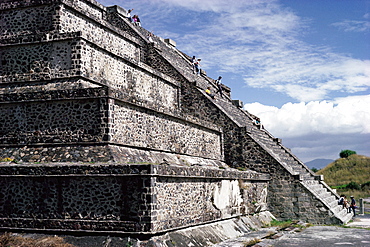
Main staircase of the Pyramid of the Moon, archaeological site, Teotihuacan, UNESCO World Heritage Site, Mexico, North America
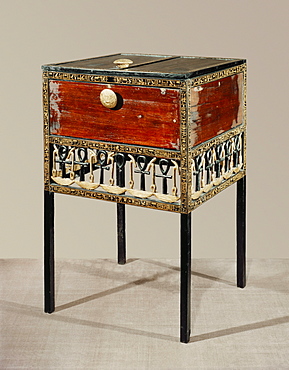
Cedarwood and gilded ebony cabinet decorated with hieroglyphic symbols ensuring divine life, from the tomb of the pharaoh Tutankhamun, discovered in the Valley of the Kings, Thebes, Egypt, North Africa, Africa
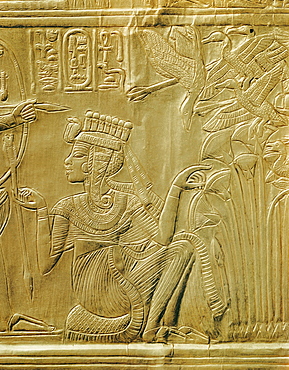
Detail of queen Ankhesenamun on the gilded shrine, from the tomb of the pharoah Tutankhamun, discovered in the Valley of the Kings, Thebes, Egypt, North Africa, Africa
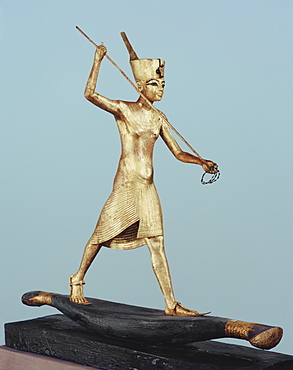
Gilt wood statuette of Tutankhamun on a boat with a harpoon, from the tomb of the pharaoh Tutankhamun, discovered in the Valley of the Kings, Thebes, Egypt, North Africa, Africa
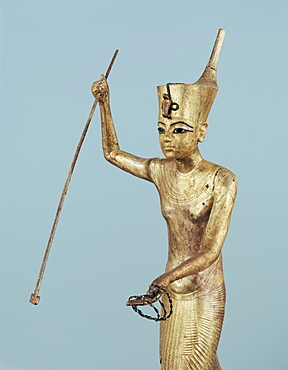
Gilt wood statuette of Tutankhamun on a boat with a harpoon, from the tomb of the pharaoh Tutankhamun, discovered in the Valley of the Kings, Thebes, Egypt, North Africa, Africa
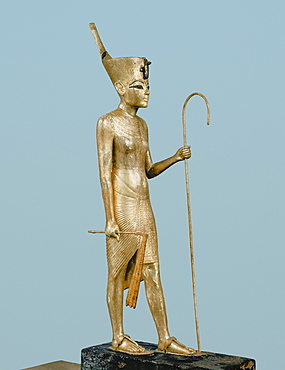
Gilt wood statuette of the king, from the tomb of the pharaoh Tutankhamun, discovered in the Valley of the Kings, Thebes, Egypt, North Africa, Africa
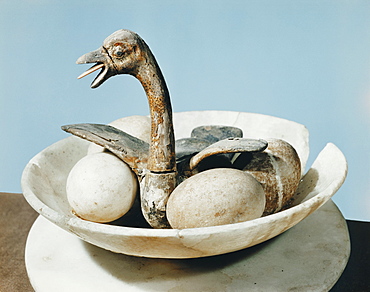
Lid of an alabaster jar decorated with a bird in a nest and eggs in a bowl, from the tomb of the pharaoh Tutankhamun, discovered in the Valley of the Kings, Thebes, Egypt, North Africa, Africa
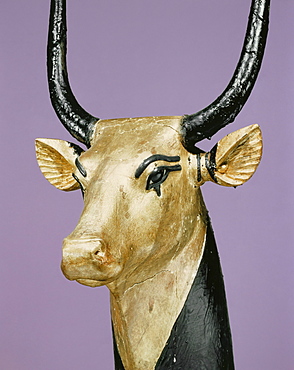
Gilded and stuccoed wooden head of the sacred cow, from the tomb of the pharaoh Tutankhamun, discovered in the Valley of the Kings, Thebes, Egypt, North Africa, Africa
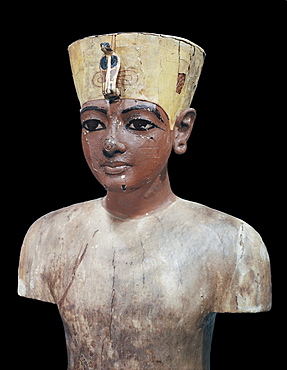
Dummy head of the young king, made from stuccoed and painted wood, from the tomb of the pharaoh Tutankhamun, discovered in the Valley of the Kings, Thebes, Egypt, North Africa, Africa
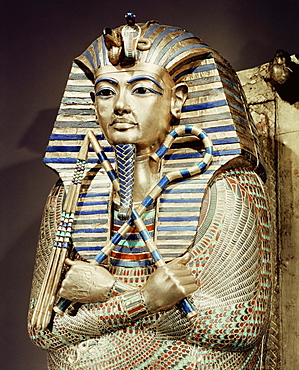
Detail of the second mummiform coffin made from gold-plated wood inlaid with glass-paste, from the tomb of the pharaoh Tutankhamun, discovered in the Valley of the Kings, Thebes, Egypt, North Africa, Africa
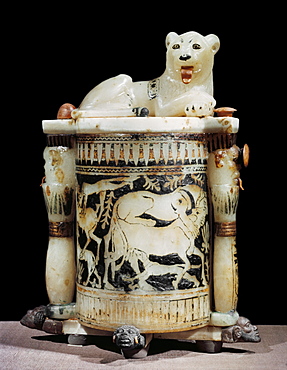
Painted alabaster unguent jar showing hunting scene, with the king as a lion, from the tomb of the pharaoh Tutankhamun, discovered in the Valley of the Kings, Thebes, Egypt, North Africa, Africa
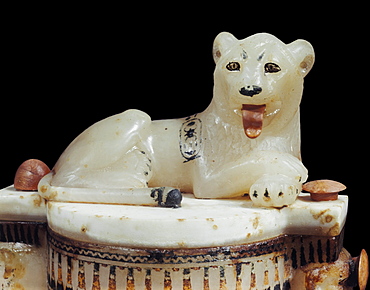
Detail of a painted alabaster unguent jar, from the tomb of the pharaoh Tutankhamun, discovered in the Valley of the Kings, Thebes, Egypt, North Africa, Africa
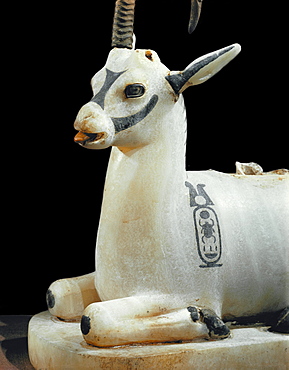
Inlaid alabaster unguent jar in the form of an ibex, with one natural horn, from the tomb of the pharaoh Tutankhamun, discovered in the Valley of the Kings, Thebes, Egypt, North Africa, Africa
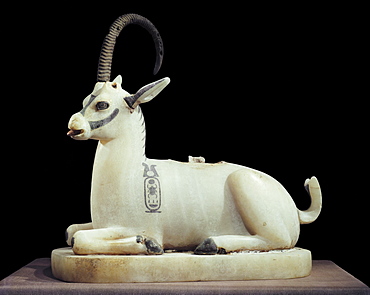
Inlaid alabaster unguent jar in the form of an ibex, with one natural horn, from the tomb of the pharaoh Tutankhamun, discovered in the Valley of the Kings, Thebes, Egypt, North Africa, Africa
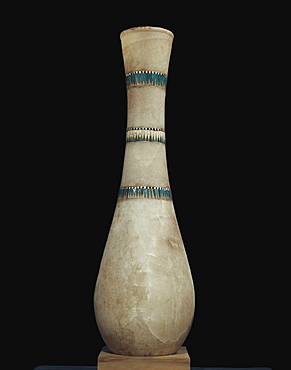
Alabaster vase inlaid with floral garlands, from the tomb of the pharaoh Tutankhamun, discovered in the Valley of the Kings, Thebes, Egypt, North Africa, Africa
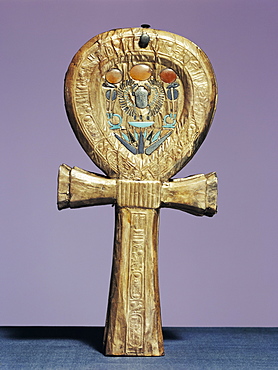
Mirror case in the form of an ankh, the sign of life, made of gilt wood inlaid with glass-paste, from the tomb of the pharaoh Tutankhamun, discovered in the Valley of the Kings, Thebes, Egypt, North Africa, Africa
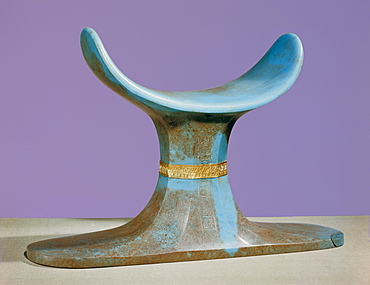
Opaque blue glass-paste funerary headrest with gold frieze, from the tomb of the pharaoh Tutankhamun, discovered in the Valley of the Kings, Thebes, Egypt, North Africa, Africa
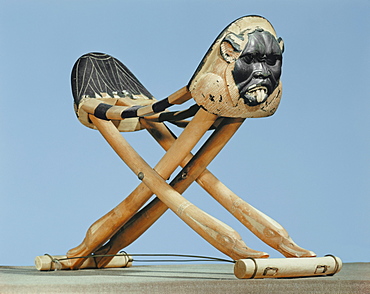
Folding headrest in painted ivory decorated with the head of the protective spirit Bes, from the tomb of the pharaoh Tutankhamun, discovered in the Valley of the Kings, Thebes, Egypt, North Africa, Africa
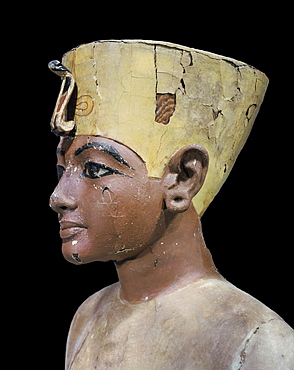
Dummy head of the young king, made from stuccoed and painted wood, from the tomb of the pharaoh Tutankhamun, discovered in the Valley of the Kings, Thebes, Egypt, North Africa, Africa
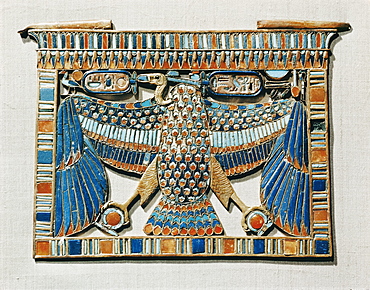
Pectoral decorated with the vulture of Upper Egypt, made of gold cloisonne inlaid with glass paste, from the tomb of the pharaoh Tutankhamun, discovered in the Valley of the Kings, Thebes, Egypt, North Africa, Africa
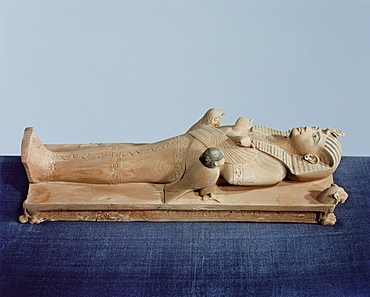
Image of the king's mummy on its funeral bed flanked by the king's two souls, dedicated by Maya, from the tomb of the pharoah Tutankhamun, discovered in the Valley of the Kings, Thebes, Egypt, North Africa, Africa
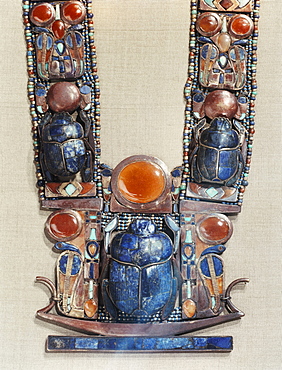
Pendant in the form of a boat showing a scarab, the symbol of the god's resurrection, flanked by two royal serpents, from the tomb of the pharaoh Tutankhamun, discovered in the Valley of the Kings, Thebes, Egypt, North Africa, Africa
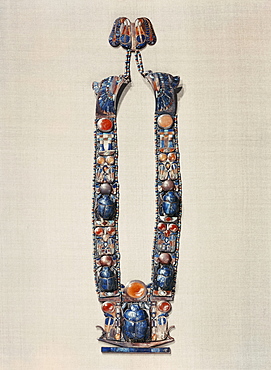
Necklace with pendant in the form of a boat showing a scarab, the symbol of the god's resurrection, flanked by two royal serpents, from the tomb of the pharaoh Tutankhamun, discovered in the Valley of the Kings, Thebes, Egypt, North Africa, Africa
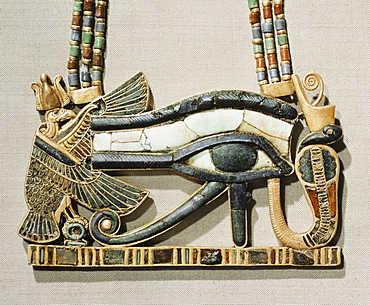
Pectoral of the sacred eye flanked by the serpent goddess of the North and the vulture goddess of the South, made from gold cloisonne with glass-paste, from the tomb of the pharaoh Tutankhamun, discovered in the Valley of the Kings, Thebes, Egypt, North Africa, Africa
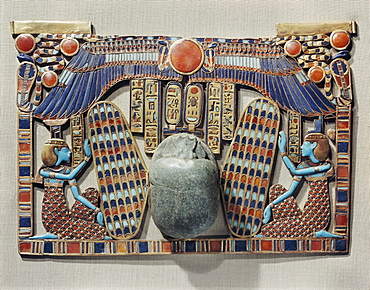
Pectoral decorated with winged scarab, protected by the goddesses Isis and Nephthys, made from gold cloisonne with glass-paste, from the tomb of the pharaoh Tutankhamun, discovered in the Valley of the Kings, Thebes, Egypt, North Africa, Africa
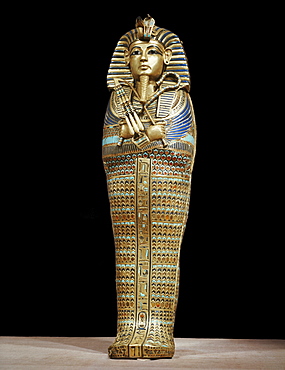
One of the four small gold mummiform coffins placed in the canopic urns, from the tomb of the pharaoh Tutankhamun, discovered in the Valley of the Kings, Thebes, Egypt, North Africa, Africa
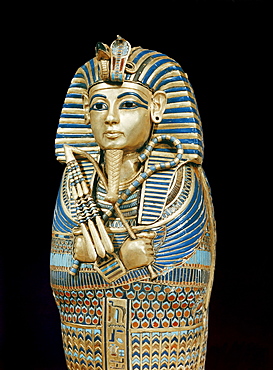
One of the four small gold mummiform coffins placed in the canopic urns, from the tomb of the pharaoh Tutankhamun, discovered in the Valley of the Kings, Thebes, Egypt, North Africa, Africa
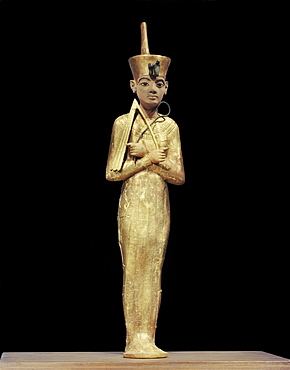
Ushabti of Tutankhamun, showning king wearing the red crown of the North, from the tomb of the pharaoh Tutankhamun, discovered in the Valley of the Kings, Thebes, Egypt, North Africa, Africa
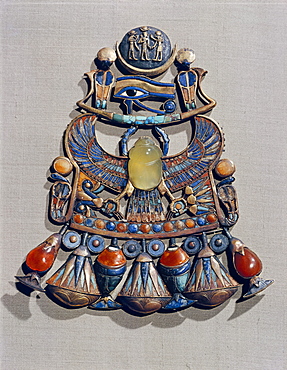
Pectoral in gold cloisonne with semi-precious stones and glass-paste, with winged scarab, symbol of resurrection, in centre, from the tomb of the pharaoh Tutankhamun, discovered in the Valley of the Kings, Thebes, Egypt, North Africa, Africa
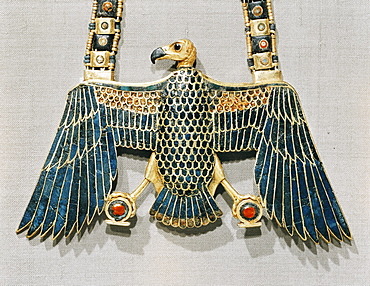
Pendant in gold cloisonne depicting Nekhabet, vulture-goddess of the South, from the tomb of the pharaoh Tutankhamun, discovered in the Valley of the Kings, Thebes, Egypt, North Africa, Africa
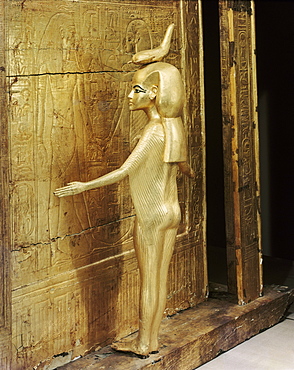
Statue of the goddess Serket protecting the canopic chest or shrine, from the tomb of the pharaoh Tutankhamun, discovered in the Valley of the Kings, Thebes, Egypt, North Africa, Africa
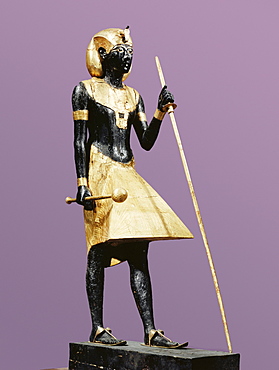
Life size statue of Tutankhamun made from black wood with applied gilded plaster, from the tomb of the pharaoh Tutankhamun, discovered in the Valley of the Kings, Thebes, Egypt, North Africa, Africa
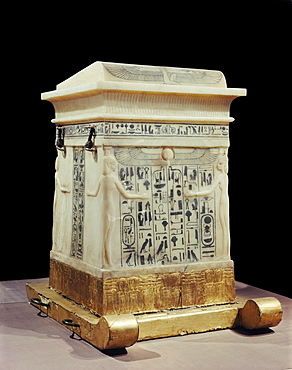
Alabaster canopic shrine, from the tomb of the pharaoh Tutankhamun, discovered in the Valley of the Kings, Thebes, Egypt, North Africa, Africa
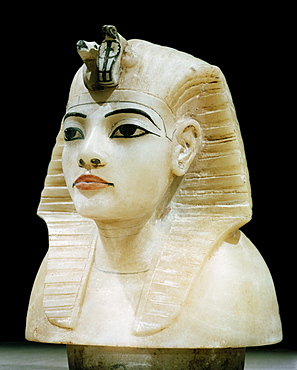
Stopper in the form of the king's head from one of the four canopic urns, from the tomb of the pharaoh Tutankhamun, discovered in the Valley of the Kings, Thebes, Egypt, North Africa, Africa
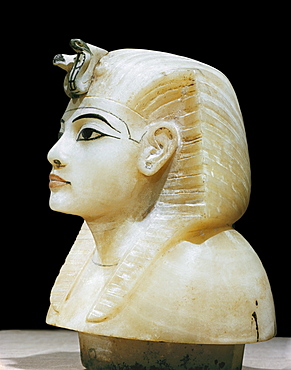
Stopper in the form of the king's head from one of the four canopic urns, from the tomb of the pharaoh Tutankhamun, discovered in the Valley of the Kings, Thebes, Egypt, North Africa, Africa

